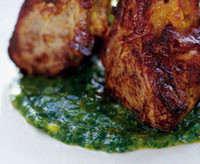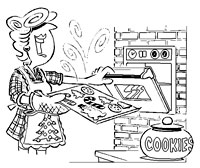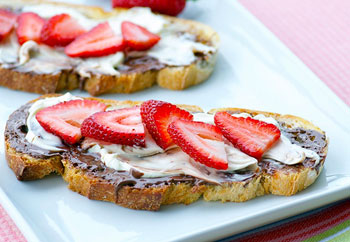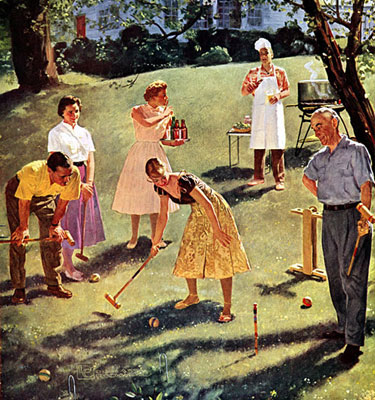 Around our house in those days, if you didn’t clean up your room you went to bed without dessert. Not just a mess in your own room, either. If you left a mess anywhere and refused to be responsible for it—reasons ranging from recalcitrance to outright sloth—no matter! There was NO EXCUSE FOR IT! You hit the sack with a hole in your belly. Tough patooties. That was the law of the land.
Around our house in those days, if you didn’t clean up your room you went to bed without dessert. Not just a mess in your own room, either. If you left a mess anywhere and refused to be responsible for it—reasons ranging from recalcitrance to outright sloth—no matter! There was NO EXCUSE FOR IT! You hit the sack with a hole in your belly. Tough patooties. That was the law of the land.
In the great Southeast, no meal was complete without something sweet to finish it off. Round it out, take the edge off. Such punishment then was tantamount to twenty lashes. While you might be able to stand fast, stay whatever course had to be stayed concerning your Mess and its necessity, it was you, the Messer, who teetered bedward in sugar shock, the withdrawal kind, not the law upholders of the land.
It was 1960, when our mother’s chums entered her in the Mrs. Nashville contest as a practical joke. Not because she wasn’t up to muster in all things home ec, it just wasn’t something anybody from our side of town had ever “done.” Nonetheless, she went right on ahead with it, jumped through the field trials, and sashayed home with the banner. Mrs. Nashville, 1960. Nice picture in the paper, everybody got a big kick out of it.
 I have been thinking about all the recipes of everyone I know and it is so funny and interesting the way their personalities play into everything so well and say so much.
I have been thinking about all the recipes of everyone I know and it is so funny and interesting the way their personalities play into everything so well and say so much. 
 Every mother needs a signature cookie. Even if it’s one you buy—like a fresh-from-the-bag Pepperidge Farm Milano. Or a local, corner-bakery, purchased elephant ear. Of course, it’s best, when the kids look back, if the signature cookie is one you baked.
Every mother needs a signature cookie. Even if it’s one you buy—like a fresh-from-the-bag Pepperidge Farm Milano. Or a local, corner-bakery, purchased elephant ear. Of course, it’s best, when the kids look back, if the signature cookie is one you baked. Mother's Day is this Sunday, which means you're either taking Mom out for brunch or making her brunch at home. Last year I provided a week's worth of recipes for Mother's Day brunch and had planned on doing the same this year. I have decided against it.
Mother's Day is this Sunday, which means you're either taking Mom out for brunch or making her brunch at home. Last year I provided a week's worth of recipes for Mother's Day brunch and had planned on doing the same this year. I have decided against it. Around our house in those days, if you didn’t clean up your room you went to bed without dessert. Not just a mess in your own room, either. If you left a mess anywhere and refused to be responsible for it—reasons ranging from recalcitrance to outright sloth—no matter! There was NO EXCUSE FOR IT! You hit the sack with a hole in your belly. Tough patooties. That was the law of the land.
Around our house in those days, if you didn’t clean up your room you went to bed without dessert. Not just a mess in your own room, either. If you left a mess anywhere and refused to be responsible for it—reasons ranging from recalcitrance to outright sloth—no matter! There was NO EXCUSE FOR IT! You hit the sack with a hole in your belly. Tough patooties. That was the law of the land. My mother was not Donna Reed or Jane Wyatt. What’s worse, in an era when father knew best, she was a single mother. To support us, she trained race horses. Since none of them ever won, we moved a lot. The two constants through all of this shifting and moving were my mother’s stews and spice cakes. In both cases, she was proud of never having used a recipe. In the case of the stews, memory tells me she could have used a cookbook. The cakes were a different story.
My mother was not Donna Reed or Jane Wyatt. What’s worse, in an era when father knew best, she was a single mother. To support us, she trained race horses. Since none of them ever won, we moved a lot. The two constants through all of this shifting and moving were my mother’s stews and spice cakes. In both cases, she was proud of never having used a recipe. In the case of the stews, memory tells me she could have used a cookbook. The cakes were a different story.
